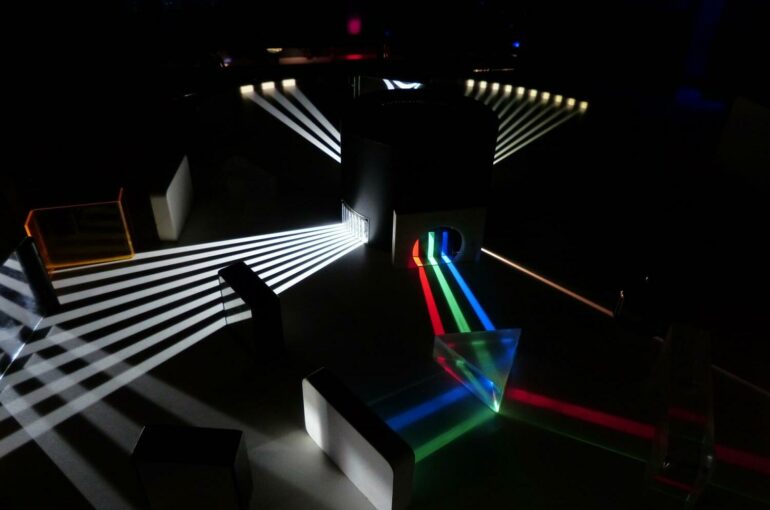In most circumstances, disordered working conditions prevent us from performing accurate work. But in a reversal of this common wisdom, a team of researchers from the University of Adelaide and the University of St Andrews, Scotland has achieved recent breakthroughs in precision measurement by “scrambling” laser light.
The team was led by Professor Kishan Dholakia, who is jointly at the School of Biological Sciences, University of Adelaide and the School of Physics and Astronomy, University of St Andrews.
“We have used the wave properties of light to create grainy patterns due to interference, termed ‘speckle,” which offers a sensitive probe of both the light and the environment,” he said.
“The approach will advance optical and quantum sensing technology, enhance the performance of next-generation sensors, and lead to new measuring devices, which may have a variety of uses including in healthcare.”
Professor Kishan Dholakia worked with Morgan Facchin and Dr. Graham Bruce from the University of St Andrews.
“We have scrambled light into a grainy pattern known as ‘speckle’ by using either a piece of glass fiber the width of a human hair or a hollow sphere where the light bounces around many times before emerging,” said Professor Dholakia.
The principle of speckle can be easily demonstrated visually.
“If you shine a laser pointer on a rough surface like a painted wall, or a piece of frosted sticky tape, the light from the laser gets scrambled into the grainy speckle pattern,” said Professor Dholakia.
“Normally, we think that scrambling a signal means that we must lose information, but that’s not the case here. If you move the laser the exact pattern you see will change dramatically. It is this sensitivity to change that makes speckle a good choice for precision measurement.”
Work already carried out by the team used these speckle patterns to measure the wavelength—or color—of light at a precision of an attometer, which is equivalent to measuring the length of a soccer pitch with an accuracy equivalent to the size of one atom.
In the latest advance, the team have used speckle to measure the refractive index of gases. The refractive index of a material tells us how fast light travels in that material, and changes in this refractive index can be used to look for subtle changes in a material’s properties.
Writing in the journal ACS Photonics, the team reported measurements of the refractive index of air to one part in a billion—orders of magnitude improvement over previous speckle-based approaches.
Small changes in refractive index can have major implications for sensing. For example, infection can cause the refractive index of your red blood cells at a level that would easily be picked up by this sensor. The team hopes to advance this work not only for healthcare but also for field portable sensors that will have various applications, including detection of trace gases or small concentrations of chemicals in liquids.
More information:
Morgan Facchin et al, Measurement of Variations in Gas Refractive Index with 10–9 Resolution Using Laser Speckle, ACS Photonics (2022). DOI: 10.1021/acsphotonics.1c01355
Provided by
University of Adelaide
Citation:
Research team achieves breakthroughs in precision measurement by ‘scrambling’ laser light (2022, February 22)



